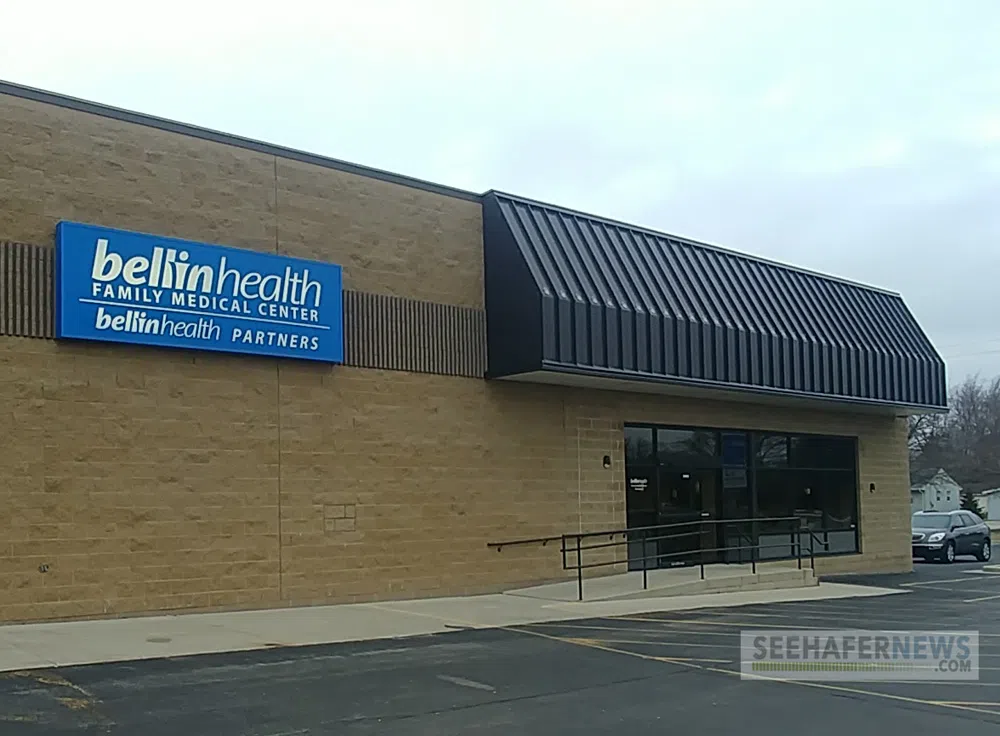
Every day we hear the latest COVID-19 statistics. These include new cases, recoveries, and of course the death toll. While the numbers are very important and issue a pretty good scope of the virus, Dr. Mike Hoffman from Bellin Health says there is an unseen toll that the virus has taken as well.
Hoffman told SeehaferNews.com that in his opinion, “It’s not so much the number of people that die from COVID that’s the real problem, it’s the strain it puts on the healthcare system. I’m mainly talking about the workers.”
Hoffman recalled the beginning of the pandemic when hospitals stopped seeing patients for non-COVID related reasons and stopped performing elective surgeries.
Then after a few months of not doing any of those, they opened back up over the summer and early spring and began ramping up the backlog of all the things they had stopped doing. Then September hit, and Northeast Wisconsin was slammed with a huge influx of COVID-19 cases.
“We had already been ramped up in seeing our regular patients, and now we have the additional workload of COVID patients,” Hoffman explained. “In the hospitals, a certain section of the hospital itself is cordoned off, and it’s just COVID patients.”
He explained that roughly 1/3rd of all patients in the hospital right now are seeking treatment for COVID, and each day they are dealing with the same number of patients with COVID symptoms that are outpatient.
This massive influx of patients has led to scheduling issues and overly stressed medical workers. Plus, some of those personnel are catching the virus themselves, “So now there’s a shortage of healthcare workers, and increased workload,” Hoffman said. “We are putting in long hours, and it’s stressful dealing with people who are sick, not able to work, can’t see their family members, are isolated, what have you.”
He also said, “When the people we are taking care of are suffering, part of us suffers too.” That then leads to the workers being more susceptible to the virus, which then perpetuates the cycle of more work and fewer workers.








